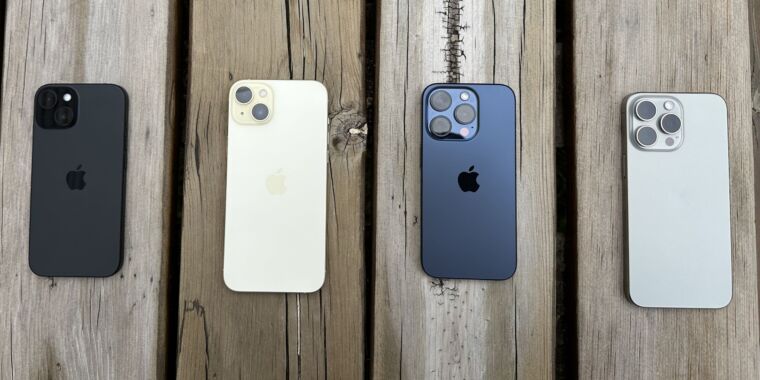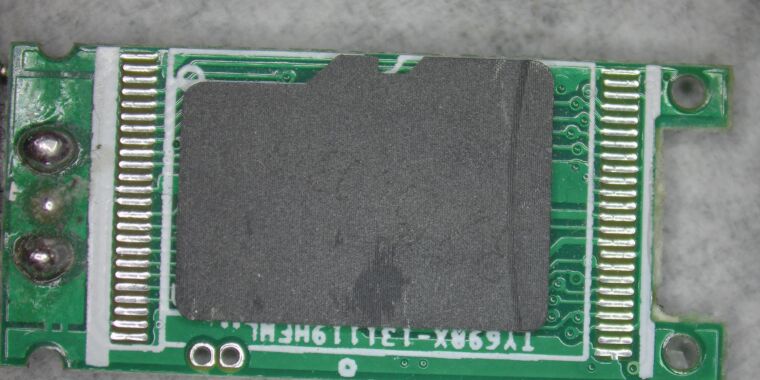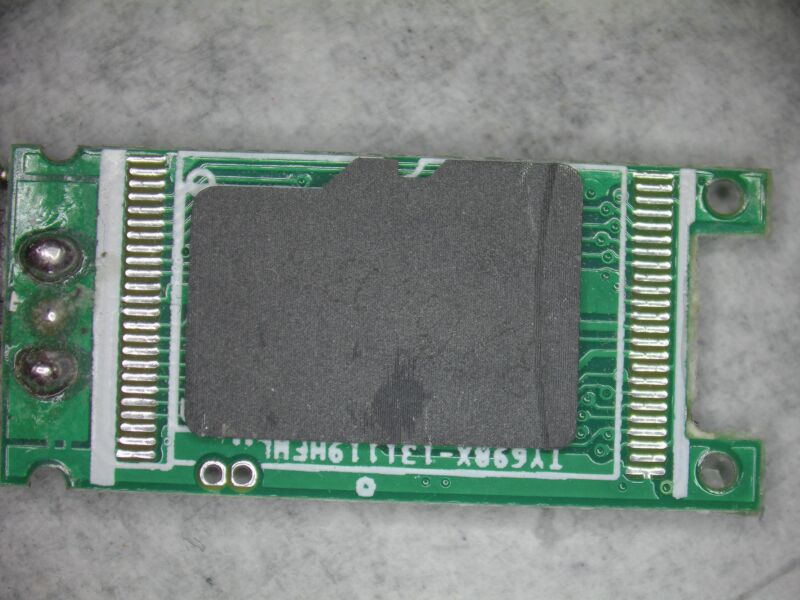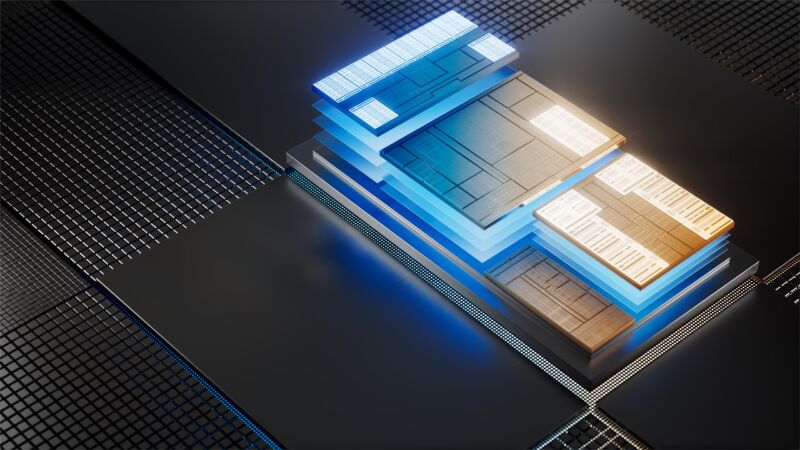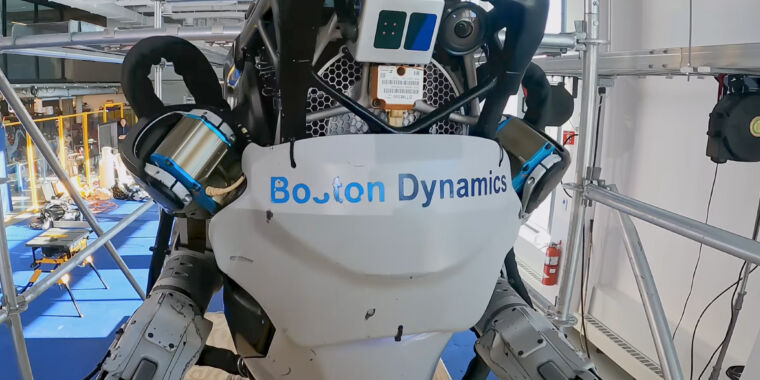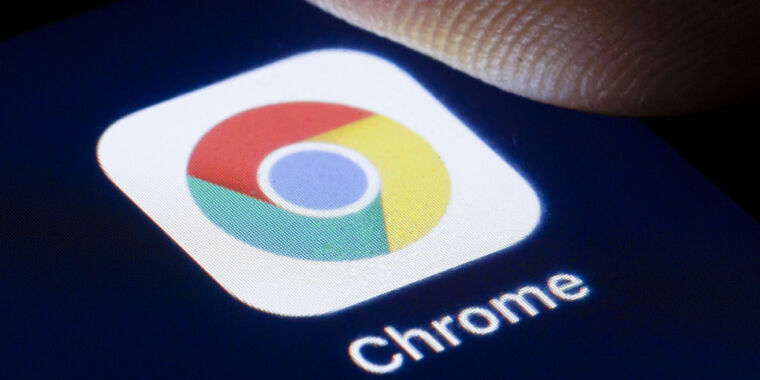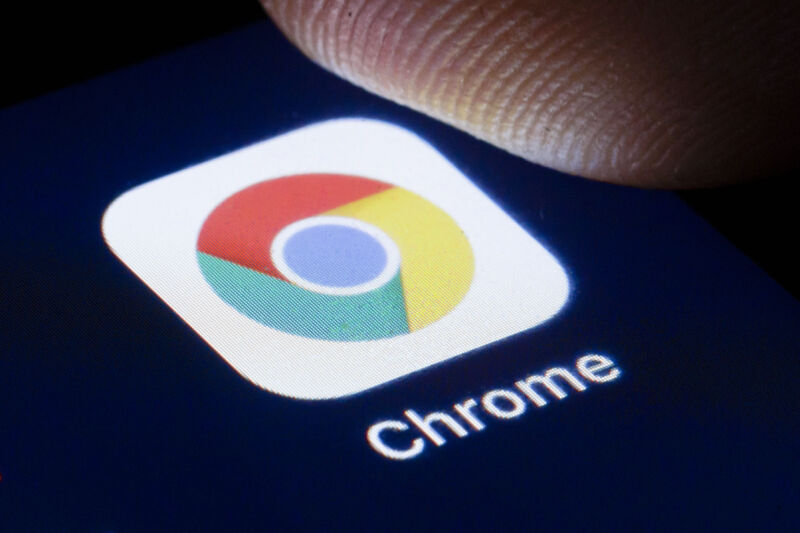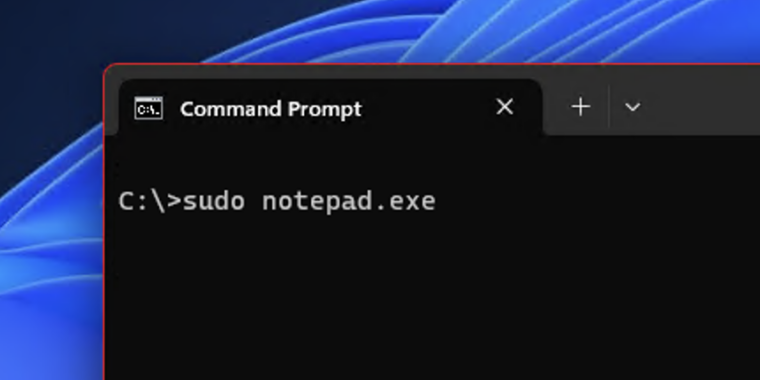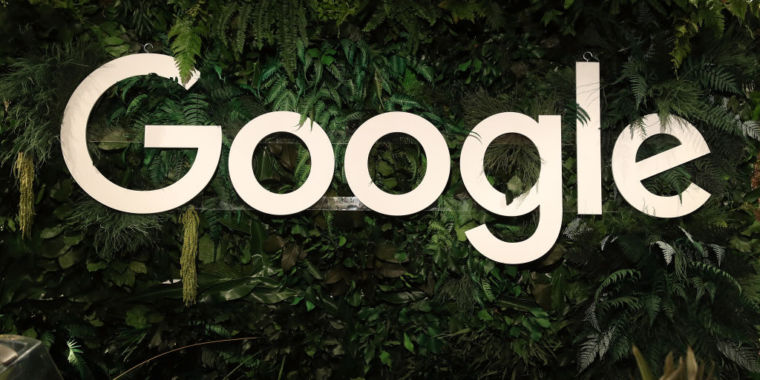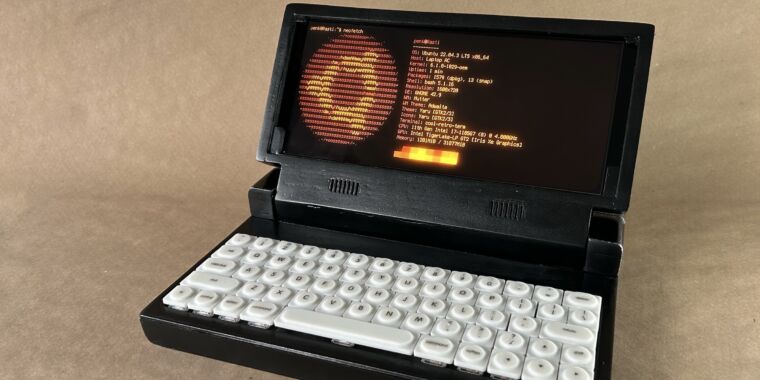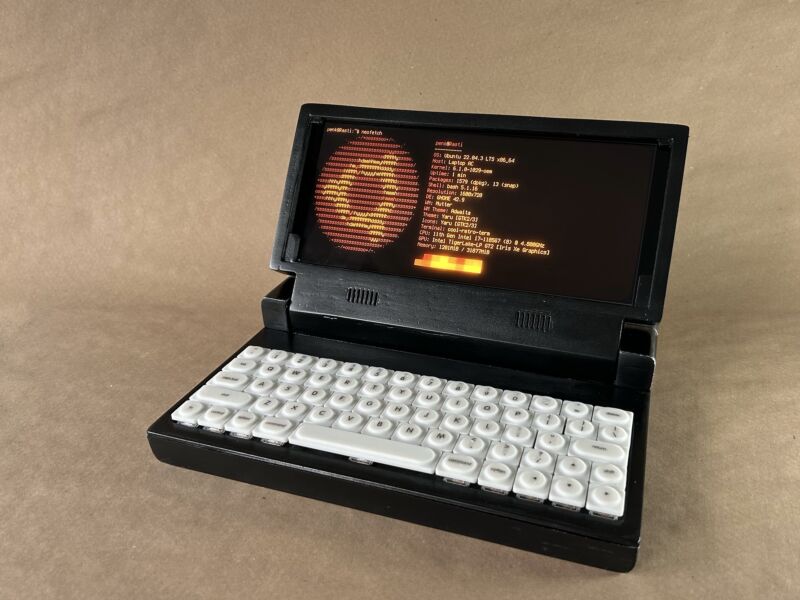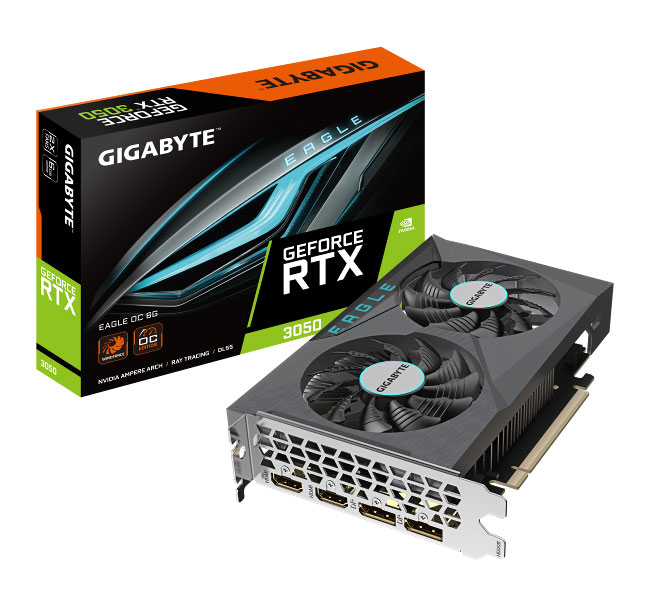Report: Apple is testing foldable iPhones, having the same problems as everyone else
the story unfolds —
Don’t expect these clamshell-style foldables in 2024 or 2025 or maybe ever.
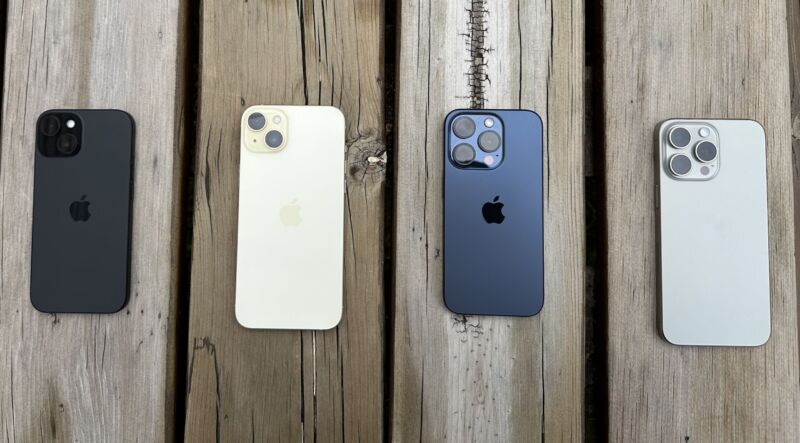
Samuel Axon
Apple is purportedly working on a foldable iPhone internally, according to “a person with direct knowledge of the situation” speaking to The Information. They’re said to be clamshell-style devices that fold like Samsung’s Galaxy Z Flip series rather than phones that become tablets like the Galaxy Z Fold or Google’s Pixel Fold.
The phones are also said to be “in early development” or “could be canceled.” If they do make it to market, it likely wouldn’t be until after 2025.
The report has a long list of design challenges that Apple has faced in developing foldable phones: they’re too thick when folded up; they’re easily broken; they would cost more than non-foldable versions; the seam in the middle of the display tends to be both visible and feel-able; and the hinge on an iPad-sized device would prevent the device from sitting flat on a table (though this concern hasn’t stopped Apple from introducing substantial camera bumps on many of its tablets and all of its phones).
If many of those challenges sound familiar, it’s because it’s a detailed list of virtually every bad thing you could say about current foldable Android phones, even after multiple hardware generations. Our first Pixel Fold didn’t even survive the pre-release review period, and those well-earned durability concerns plus the relatively high cost have limited foldable phones to roughly 1.6 percent of all smartphone sales, according to recent analyst estimates.
It makes sense that Apple would be testing some big swings as it thinks about the next era of iPhone design; our iPhone 15 review called them the iPhone’s “final form,” insofar as it feels like there’s not much room to continue to improve on the iPhone X-style full-screen design that Apple has been iterating on since 2017. It sounds like foldable phones will only be in Apple’s future if the company can manage to overcome the same issues that have tripped up other foldables—though to be fair, the company does have a pretty good decadeslong track record on that front.
Report: Apple is testing foldable iPhones, having the same problems as everyone else Read More »
